
views

Calm down. It is just a problem, not the end of the world!

Read through the problem once. If it is a long problem, read and understand it in parts till you get even a slight understanding of what is going on.
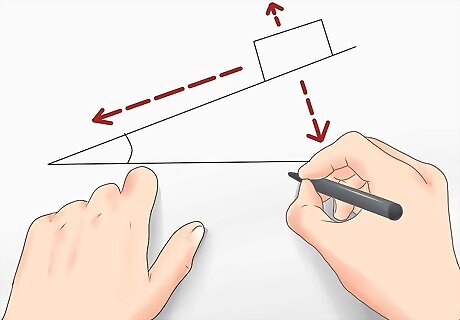
Draw a diagram. It cannot be emphasized enough how much easier a problem will be once it is drawn out. Ideally, a free body diagram is what you will draw, but even drawing how you imagine the wording of the problem inside your head (like a chart maybe) will make solving this problem easier. There are often marks awarded for drawing a correct diagram. Once you are done with this, try to bring this drawing into motion like a movie if you can. This is not really necessary but will give you a clear understanding of what is happening in the problem.
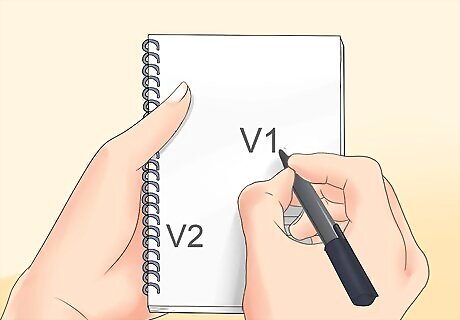
List down anything that is given to you to the side under a category labeled "known". e.g. you are given two velocities. Label the first V1 and set it equal to the value given. Label the other value V2 and set it equal to the value provided for it.

Look for the unknown variables. Ask yourself, 'What am I solving for?' and 'What are the unknown variables in this problem?' List these to the side as well under a category labeled "unknown".
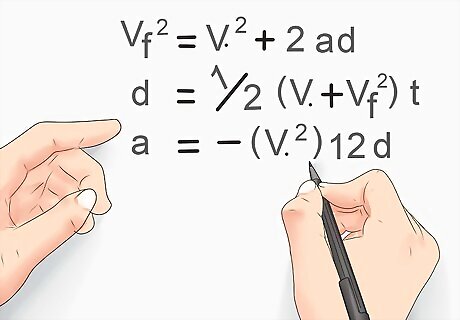
List formula that you think might be applicable to this problem. If you are able to look up equations you do not remember exactly and think might be applicable to the problem, do so and write them down.
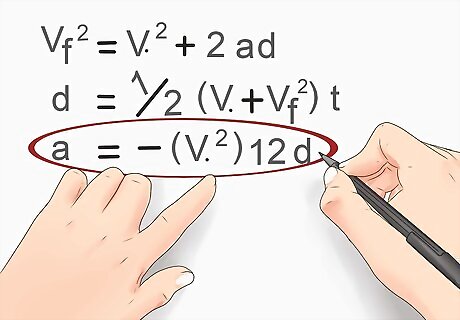
Pick the right formula. At times there may be different formulas for the same set of variables and you may be confused as to which one to use. Hence when you memorize the formula, also remember the conditions in which they hold good ( conditions under which that formula can be applied). for example: - v = u + at can be applied only when the acceleration is constant. So in a question if the acceleration is not constant, you will know you are not supposed to use this equation here. This may also help to increase the subject understanding in general.
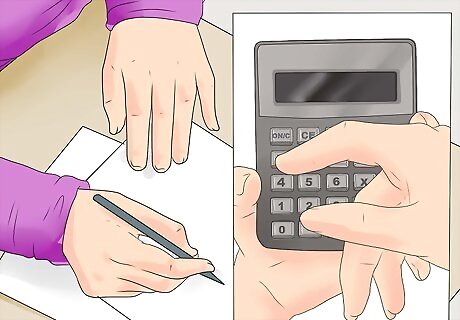
Solve the equations. Take your formula and try to solve for one variable at a time. Solve for each variable that is listed under the "unknown" category. Try to solve for variables that you can determine easily first.
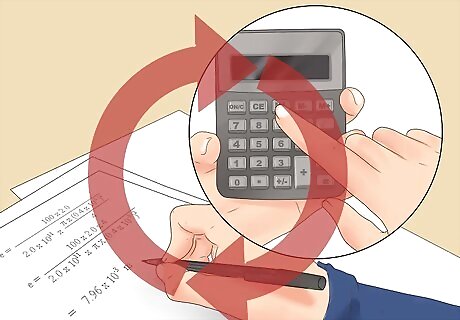
Keep repeating the last step for each unknown quantity in turn. If you can't do one, try others first as you may be able to work it out when you have information from other answers. Ask yourself if your answers make sense. If the numbers look absurd (for example, you get that a rock dropped off a 50-meter cliff moves with the speed of only 0.00965 meters per second when it hits the ground), you made a mistake somewhere. Don't forget to include the units into your answers, and always keep track of them. So, if you are solving for velocity and get your answer in seconds, that is a sign that something went wrong, because it should be in meters per second. Plug your answers back into the original equations to make sure you get the same number on both sides.
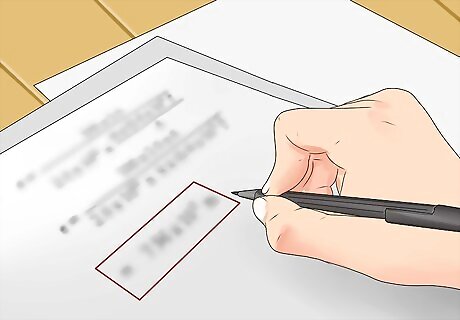
Put a box, circle, or underline your answer to make your work neat.



















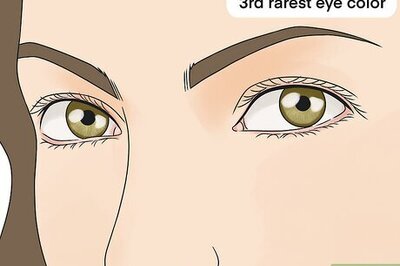
Comments
0 comment